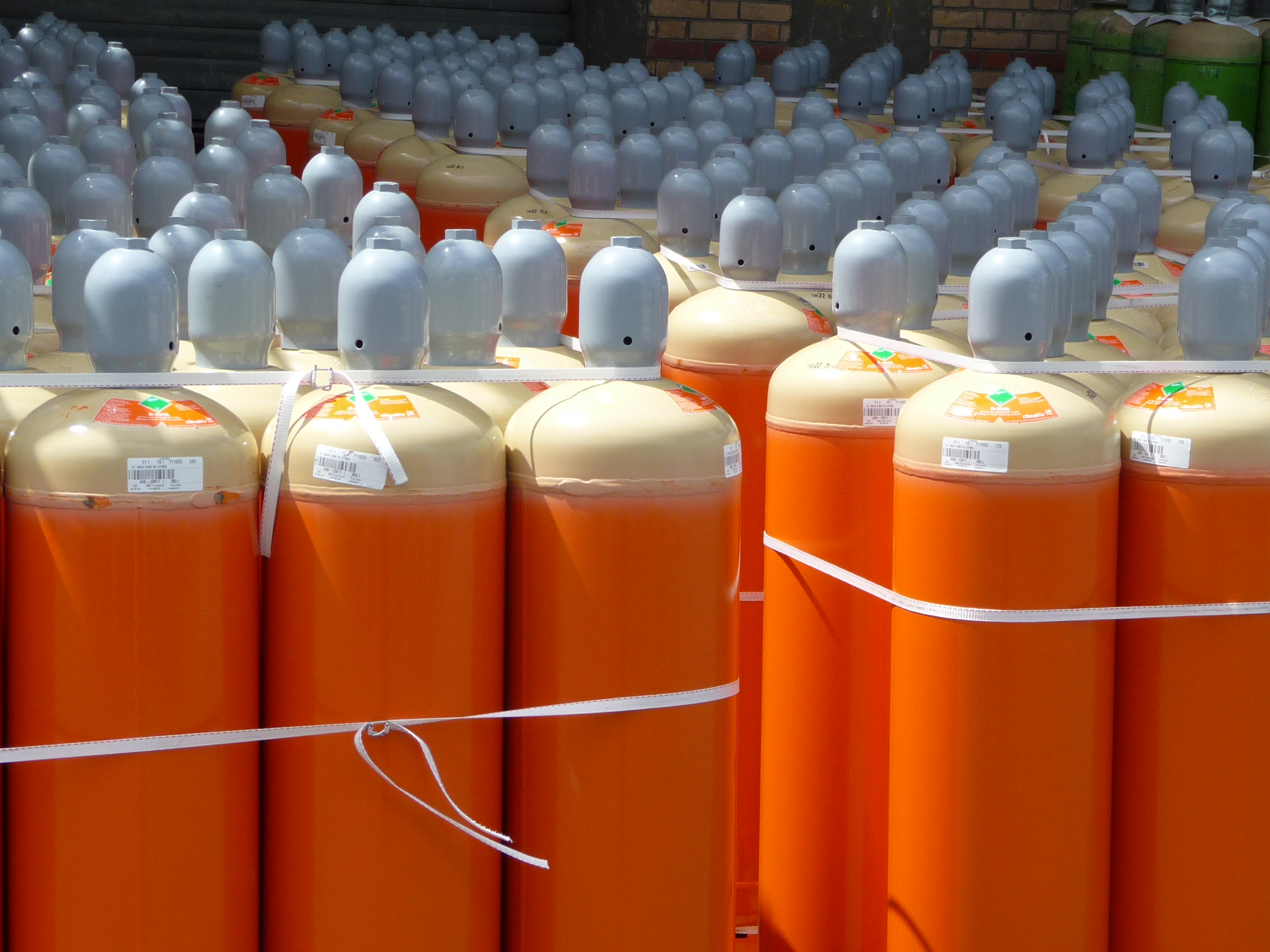Studies have clearly shown that certain refrigerants have an impact on the ozone layer. As a result, virgin CFCs and HCFCs have been banned. Only reclaimed HCFCs can be used in Europe and this is only until 31/12/2014. Although HFCs and HFOs have a zero ODP and a lower GWP than their predecessors, a system’s annual leak rate remains a major issue. Leaks not only have environmental effects, but also an economic effect on the life of a system. Leak detection is covered in the F-Gas Regulation.
What may cause a refrigerant leak?
– Vibration.
– Expansion and contraction caused by changes in temperature and pressure.
– Equipment wear.
– Poor choice of components.
– Poor quality checks.
– Accidents.
– Joints.
– Transfers.
– Repair work on the badly managed circuit.
In the case of accidents, leaks mainly occur at joints. Leaks are generally minor, but they can also be intermittent which makes them difficult to find.
How to check for leaks in a refrigeration system?
We will not delve into the Pressure Equipment Directive (PED), but instead will look at the tools necessary for detecting leaks once the system is charged and up and running.
To check the pressurised system for leaks, before loading the refrigerant, the system should be pressurised using nitrogen. The system’s vacuum integrity can then be checked with a vacuum gauge after evacuation.
What tools can be used to detect leaks in a refrigeration system?
• Bubble test using a foaming agent: suitable for all refrigerants.
Method: spraying a thick aqueous solution on the surfaces or pipes to be checked. Bubbles form if there is a leak.
Limitations: unreliable for small leaks but can be used as a preliminary test.
• Halide torch: only for chlorinated products, such as CFCs and HCFCs, extent of the leak cannot be gauged.
Method: A flame heats a copper plate and becomes green in the presence of chlorine.
Limitations: unreliable for leaks under 14g/year and cannot detect HFCs.
• Flourescence detection:for all refrigerants and especially recommended for contained and difficult-to-access systems as a complement to electronic detection. Prescribed by the French regulations on automotive air conditioning.
Method: injecting a compatible fluorescent tracer into the refrigeration circuit. After homogenisation, visual detection using a suitable UV light. Leaks appear as yellow-green fluorescent dots.
Advantages: the system does not need to be recharged in order to check for leaks if it already contains the tracer.
The location of the leak remains visible until the area is repaired and cleaned. Locating the leak is not affected by external interference (drafts, ventilation, etc.). Very effective in low-light environments.
Limitations: The extent of the leak cannot be gauged. It is harder to see (visual acuity) in very bright areas. Visual access is required.
• Heated-diode / ionisation detection : for all flammable refrigerants.
Method: scanning with a heated-diode sniffer as close as possible to the pipes and elements containing the refrigerant.
When a leak is found, the refrigerant in contact with the hot surface triggers a chemical reaction induced by ionisation, which activates the alarm. The flow of electric current created is directed towards a collector electrode.
Detection using ceramic permeation offers even greater precision.
• Infra-red detection: : for all refrigerants.
Method: filtered infrared energy is modified when refrigerant is detected in the sampling cell, triggering the device’s alarm.
Limitation: higher cost.
There are different methods, both required by the F-GAS Regulation:
Portable electronic detection with the frequency of checks based on the amount of refrigerant in the system.
Stationary gas detector above a certain amount in the system (detection of a concentration in ppm: parts per million).
How to choose an electronic detector?
When choosing a detection device, several factors must be taken into account:
• The type of equipment (new or already in service), its size and weight.
• The test location: at the manufacturer’s or on site.
• The equipment’s operating conditions: refrigerant, pressure and temperature.
• The accessibility of the points to be monitored.
• The refrigerant to be detected: halogenated, inorganic (R-717 and R-744), flammable, explosive, etc.
What prerequisites must the electronic detectors meet?
• Compliance with EN 14624: takes into account the sensitivity threshold when moving, in a fixed position, minimum detection time, etc.
• Calibration function.
• Audible alarm.
• Ability to perform an annual threshold check (F-Gas requirement).
Advice:
Remember to frequently change the filters, batteries and sensor in order to maintain the device’s detection accuracy.

